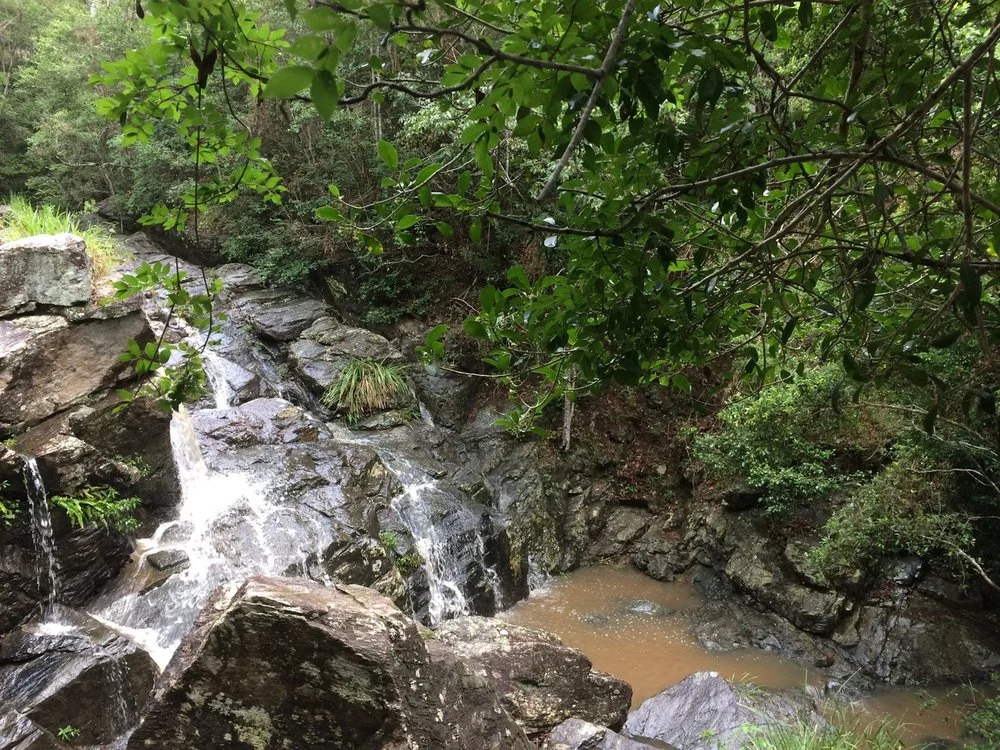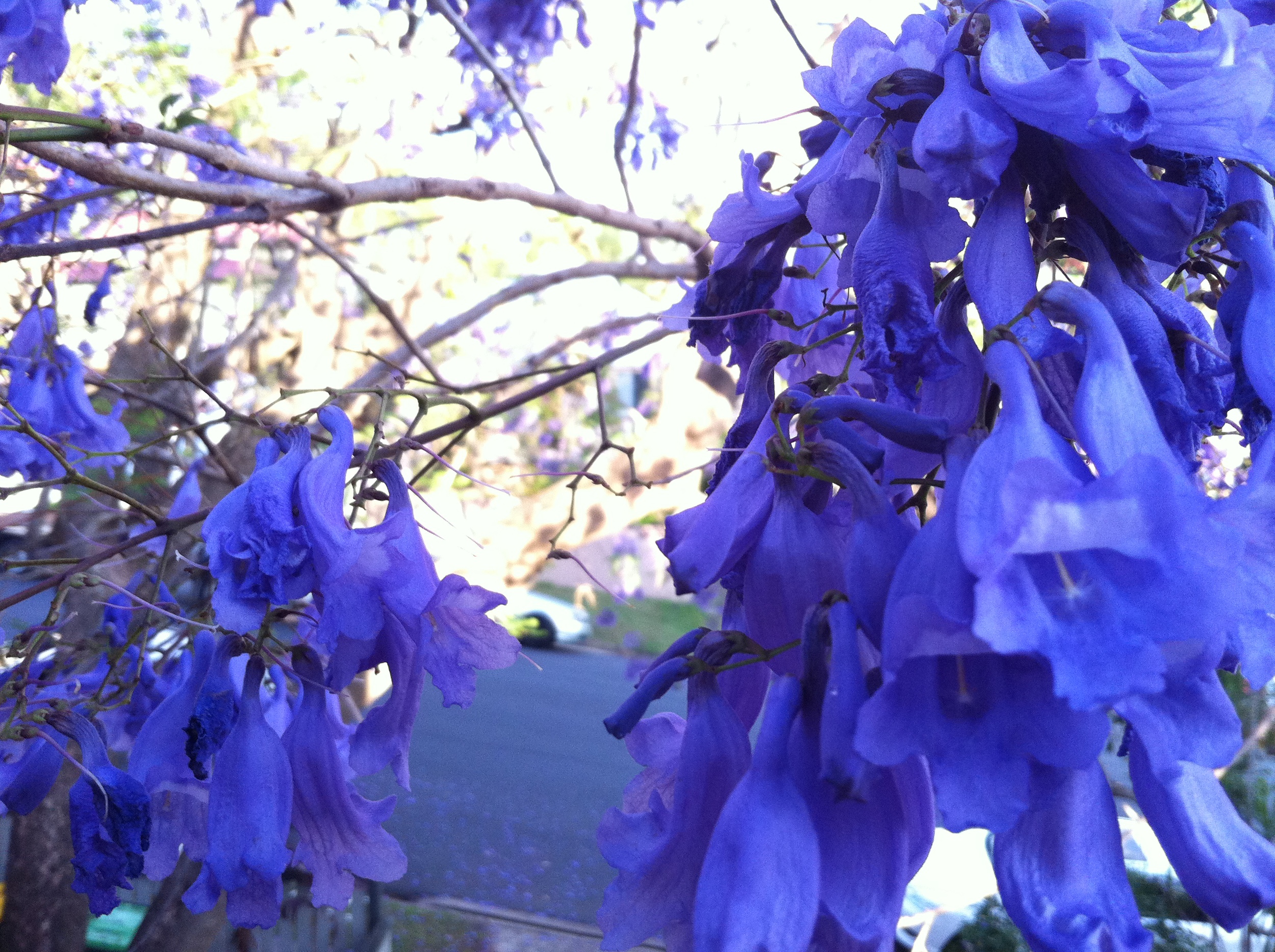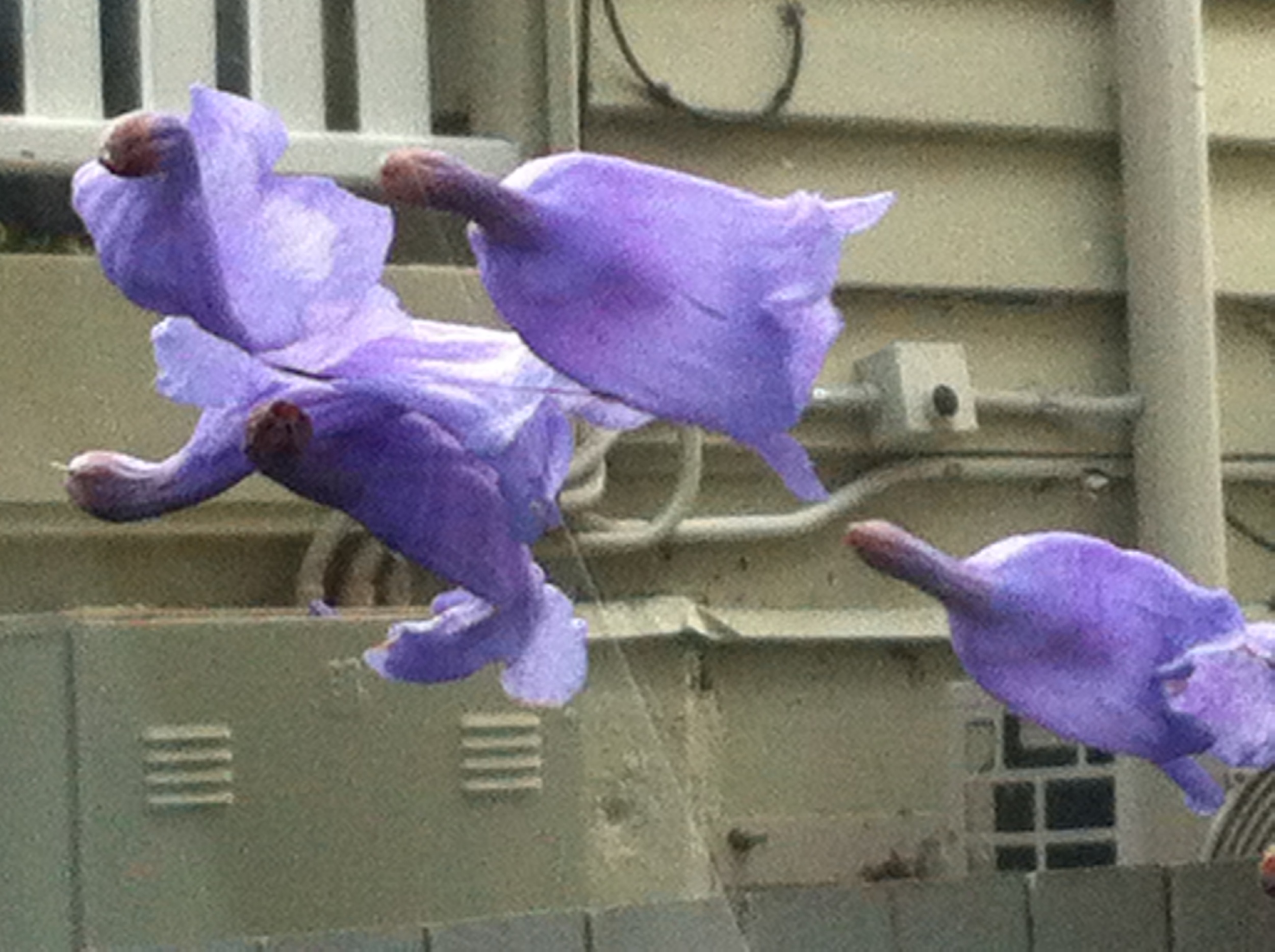I met a Canadian cyclist this week while waiting
for traffic lights to change near the riverside bikeway. I’d just decided not
to cross on the flashing DON’T WALK, a good choice as it turned out, as the
light against me turned green. “This is such a good city for cycling,” the
Canadian said, pointing to the bikeway opposite us. “Except for your bikers.
They’re so full of rage. Why is that?” It’s a good question. I blame cars.
I took up cycling again as an adult because
I hate driving, or at least I hate waiting in traffic. I can get almost
everywhere my work takes me – the city, the State Library, three bookstores and
half a dozen coffee shops – more quickly on my bike than in a car, most of it
on that pleasant riverside path. But forced at times to use the roads, I
quickly learned that some drivers disregard cyclists, ignorantly or even
maliciously cutting you off, travelling too close or yelling abuse. Last year I
got knocked by a car that was pulling out of a parking spot– it took months for
my back and shoulder to work properly again – and the driver seemed more concerned I might sue than about
anything else. While I realised car drivers might not like bike riders, I always thought other bikers would be my chums. I was
wrong.
I meet a writing buddy for coffee once a
week. We have a range of cafes north and south of the river. My buddy walks, I
bike. But at this time of year, two of our cafes become untraversable because
of the cyclists, mostly male, who descend like plagues of lycra, their backs
advertising toothpaste companies, financial institutions or restaurants, their
shoes – socks on the outside – clattering on the cobbles as they join the queue.
They carry coins in small ziploc bags which their gloved fingers have trouble
opening. When they sit down, having ordered their complicated coffees, they
talk about bicycle parts. If you smile at them, they don’t smile back.
They’re in
teams, and I know feeling part of a team can be rewarding, but when they’re
riding, their teams turn into packs, which is not so good. I’m not in a pack. I don’t wear lycra. Until
a few months ago, my bike was a 1987 Trek. I don’t cycle fast and perhaps that
makes me a target, the Piggy of the Lord
of the Flies biking world. When I see one of those packs coming towards me
in the opposite direction on the bikeway and I hear that now familiar chorus of
“Bike! Bike! Bike!” shouted down the line like “Brace! Brace! Brace!” in a
plane, I panic. They pull in at the last minute, sometimes yelling something I
won’t repeat here. Yes, they frighten me, especially once my son was old enough
to come along on rides. He’d totter into the wrong lane just before a flying
giant would almost collect him, with more of those words I won’t repeat. But
they are afraid too, and well they might be.









